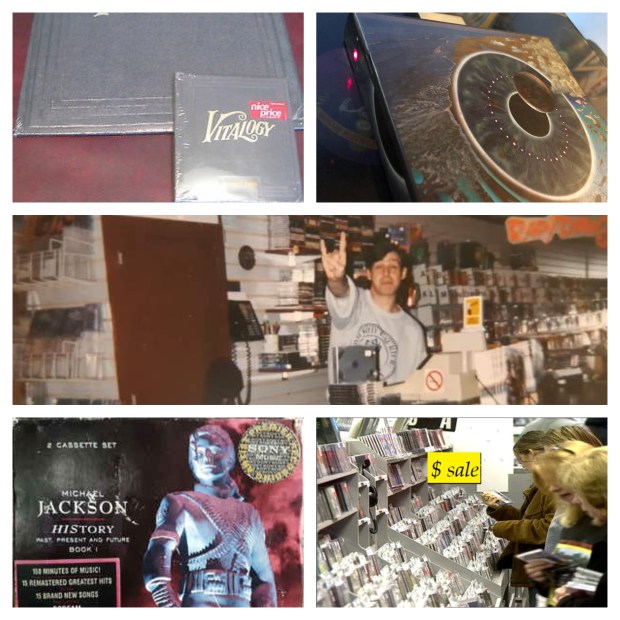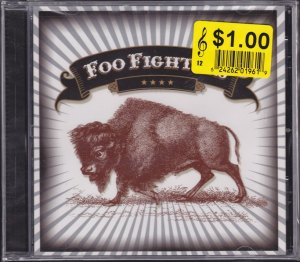RECORD STORE TALES #952: Hackers
The internet (otherwise known as the “information superhighway” or “the weeb”) was just beginning to enter public consciousness in 1995. Hollywood struck while the iron was hot with Hackers, a pretty shitty movie starring Johnny Lee Miller, Matthew Lillard, and Angelina Jolie.
I saw Hackers in the fall of ’95 at a drive-in. It was so bad that when the film broke partway through the movie, I didn’t even care. “I want to see the rest of the movie!” complained my girlfriend in the other seat. She was mad; she didn’t want a refund, she wanted to see Hackers. They eventually got the movie back up and running, for what it was worth. We mocked the corny dialogue about “14400 BPS modems” and terrible visuals. “That isn’t what the internet looks like!” She was right.
The only lasting impact the movie had was its CD soundtrack, which was still in demand six months later. Featuring the Prodigy, Orbital, and Underworld among others, Hackers was popular with the growing electronica crowd. It was also hard to find used, and expensive new.
As discussed in Record Store Tales #795: A Case for Security, CD theft was a major issue for local stores in the mid-90s. There was a roving gang of thieves called the “Pizza Guys”* who ripped off CDs from major chains and then sold them all over town. The cops were aware of the situation, and instructed us to keep buying from them so they could collect evidence. We followed their instructions and they had pages and pages and pages of information on these guys. What they sold, where, and when — and what ID they were using.
Nobody liked dealing with those guys. They were rude, and drew attention to themselves with the massive amounts of new releases they were selling — multiple copies. They were cocky and got bolder week by week. But not as bold as the rookie employee dubbed “The Boy that Killed Pink Floyd”.
He wanted the Hackers soundtrack. He wasn’t willing to pay new prices and he had his name in the computer for a used one. Then he got a bright idea. He didn’t “ask” the Pizza Guys for a copy. He just made it really obvious that he wanted one.
One day when we were buying CDs off the Pizza gang, the kid asked, “No Hackers in here, eh?”
A few visits later, the gang was back. Entering the store, one of the leaders smiled, nodded and simply said “Hackers!” He had somehow acquired a copy, and even acknowledged the request. I don’t know how our kid didn’t get fired for that one. The boss was not impressed! He finally got his walking papers after special ordering an expensive Pink Floyd CD single, deciding he didn’t want it, and putting it on the shelves to sell as a used item. That was the end of the Boy Who Killed Pink Floyd!
*Because they served up hot slices.


























